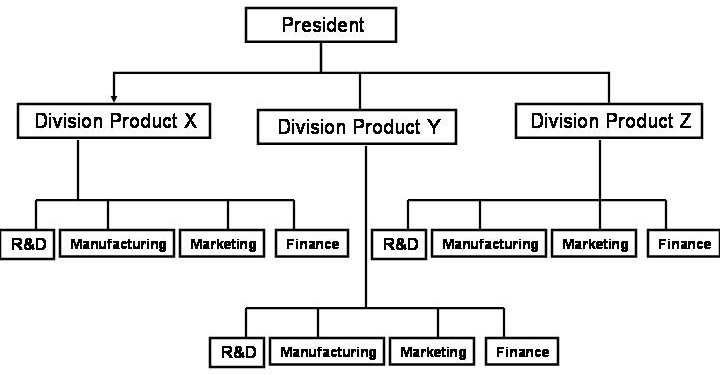3) Key Elements of Organisational Behavior
The key elements in organizational behavior are people, structure, technology and the
external elements in which the organization operates.
(i )People

People make up the internal social system of the organization.
They consist of individuals and groups, and large groups as well as small ones.
People are the living, thinking, feelings beings who created the organizations.
i) Individual employee who are expected to perform the tasks allotted to them.
ii) Dyadic relationships such as superior-subordinate interactions
iii) Groups who work as teams and have the responsibility for getting the job done.
iv) People out side the organization system such as customers and government officials.
(II) Structure

Structure defines the official relationships of people in organizations.
Different jobs are required to accomplish all of an organization’s activities.
There are managers and employees, accountants and assemblers.
Some of the key concepts of organization structure are listed as below:
a) Hierarchy of Authority:
This refers to the distribution of authority among
organizational positions and authority grants the position holder certain rights including right to give direction to others and the right to punish and reward.
b) Division of Labor:
This refers to the distribution of responsibilities and the way in which activities are divided up and assigned to different members of the organization is considered to be an element of the social structure.
c) Span of Control:
This refers to the total number of subordinates over whom a manager has authority
d) Specialization:
This refers to the number of specialities performed within the organization.
e) Standardization:
It refers to the existence of procedures for regularly recurring events or activities
f) Formalization:
This refers to the extent to which rules, procedures, and
communications are written down
g) Centralization:
This refers to the concentration of authority to make decision.
(iii) Technology
Organizations have technologies for transforming inputs and outputs.
These technologies consist of physical objects, activities and process, knowledge, all of which are brought to bear on raw materials labor and capital inputs during a transformation process.
The core technology is that set of productive components most directly associated with the transformation process.
for example
Production or assembly line in manufacturing firm.
The key elements in organizational behavior are people, structure, technology and the
external elements in which the organization operates.
(i )People

People make up the internal social system of the organization.
They consist of individuals and groups, and large groups as well as small ones.
People are the living, thinking, feelings beings who created the organizations.
i) Individual employee who are expected to perform the tasks allotted to them.
ii) Dyadic relationships such as superior-subordinate interactions
iii) Groups who work as teams and have the responsibility for getting the job done.
iv) People out side the organization system such as customers and government officials.
(II) Structure

Structure defines the official relationships of people in organizations.
Different jobs are required to accomplish all of an organization’s activities.
There are managers and employees, accountants and assemblers.
Some of the key concepts of organization structure are listed as below:
a) Hierarchy of Authority:
This refers to the distribution of authority among
organizational positions and authority grants the position holder certain rights including right to give direction to others and the right to punish and reward.
b) Division of Labor:
This refers to the distribution of responsibilities and the way in which activities are divided up and assigned to different members of the organization is considered to be an element of the social structure.
c) Span of Control:
This refers to the total number of subordinates over whom a manager has authority
d) Specialization:
This refers to the number of specialities performed within the organization.
e) Standardization:
It refers to the existence of procedures for regularly recurring events or activities
f) Formalization:
This refers to the extent to which rules, procedures, and
communications are written down
g) Centralization:
This refers to the concentration of authority to make decision.
(iii) Technology
Organizations have technologies for transforming inputs and outputs.
These technologies consist of physical objects, activities and process, knowledge, all of which are brought to bear on raw materials labor and capital inputs during a transformation process.
The core technology is that set of productive components most directly associated with the transformation process.
for example
Production or assembly line in manufacturing firm.
No comments:
Post a Comment